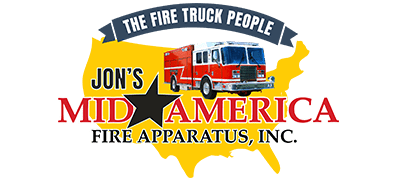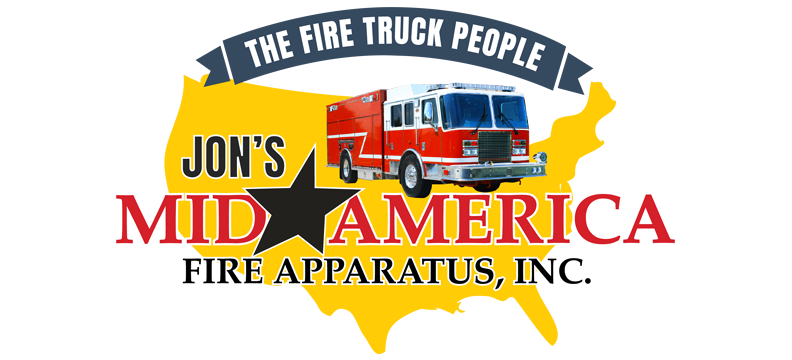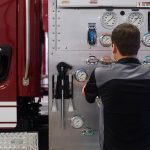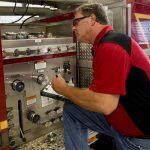Purchasing a new fire apparatus isn’t something you do every day. As such, it may be easy to forget all of the different kinds of apparatus that are offered to you. Your department may require a single type of apparatus, but what if your needs grow over time? Being aware of the breadth of options available to you can help in choosing the perfect apparatus for your fleet.
Let’s go over some of the most common kinds of apparatus you may find useful for your department.
Pumper fire apparatus
If you have a fire apparatus, it’s highly likely that you have a pumper. This is the most common style of apparatus that is used for the sake of putting out fires. The National Fire Protection Agency (NFPA) states that a pumper is “[a] fire apparatus with a permanently mounted fire pump of at least 750 gpm (3000 L/min) capacity, water tank, and hose body whose primary purpose is to combat structural and associated fires.”
Pumpers are also required by the NFPA to have a “minimum of 40 cubic feet of enclosed weather-resistant compartmentation that meets the requirements of NFPA.” This is to store any and all equipment for the apparatus.
The physical design of pumpers can vary depending on the needs of the department. As long as the apparatus abides by the rules set forth by NFPA, there is some liberty in regards to how the apparatus is constructed.
Quint fire apparatus
Quints are fire apparatus that perform five different jobs: fire pump, water tank, hose bed, ground ladder, and aerial ladder. Quints are typically the apparatus of choice for a smaller department as it serves more functions for less of a cost and is able to be operated by fewer firefighters.
The NFPA requires quints to have, “an aerial ladder or elevating platform with a permanently installed waterway,” a 300-gallon water tank and 40 cubic feet of room for equipment storage.
Foam and water tenders
Mobile water supply apparatus are better known as “tankers” or “tenders” and are defined by the NFPA as “a vehicle designed primarily for transporting (pickup, transporting, and delivering) water to fire emergency scenes to be applied by other vehicles or pumping equipment.” Water tenders are the most common variety but there are also foam tenders that may be used to transport foam.
Water tenders have a very simple, basic design and are not required to be equipped with a pump as their main purpose is to transport water. Their design may be a threat though, as they can cause injury and death by rolling over someone. It’s important to practice safety around the water or foam tender.
Initial attack fire apparatus
Initial attack fire apparatus look more like a traditional truck and are intended to handle the first go at the fire. They are defined by the NFPA as “fire apparatus with a fire pump of at least 250 gpm (1000 L/min) capacity, water tank, and hose body whose primary purpose is to initiate a fire suppression attack on structural, vehicular, or vegetation fires, and to support associated fire department operations.”
This kind of apparatus would be a good fit for a department in an area that has a high fire risk, like areas prone to wildfires. It’s important to note that these apparatus are not intended to replace pumpers or quints, but rather to help increase their effectiveness during a fire that needs more help to extinguish.
Aerial fire apparatus
Aerial fire apparatus are defined by the NFPA as “a vehicle equipped with an aerial ladder, elevating platform, or water tower that is designed and equipped to support firefighting and rescue operations by positioning personnel, handling materials, providing continuous egress, or discharging water at positions elevated from the ground.”
Aerial fire apparatus have several variations including straight ladder aerials, platform aerials and water towers. The difference between these kinds of aerials includes factors like price, weight, and ladder length.
This kind of fire apparatus is typically more expensive than a pumper or quint but offers functionality that cannot be found on other styles of apparatus.
Not sure what to choose for your next apparatus? Give us a call at Jon’s Mid America.
We can help you decide which apparatus can help your fleet function at its maximum capacity.



